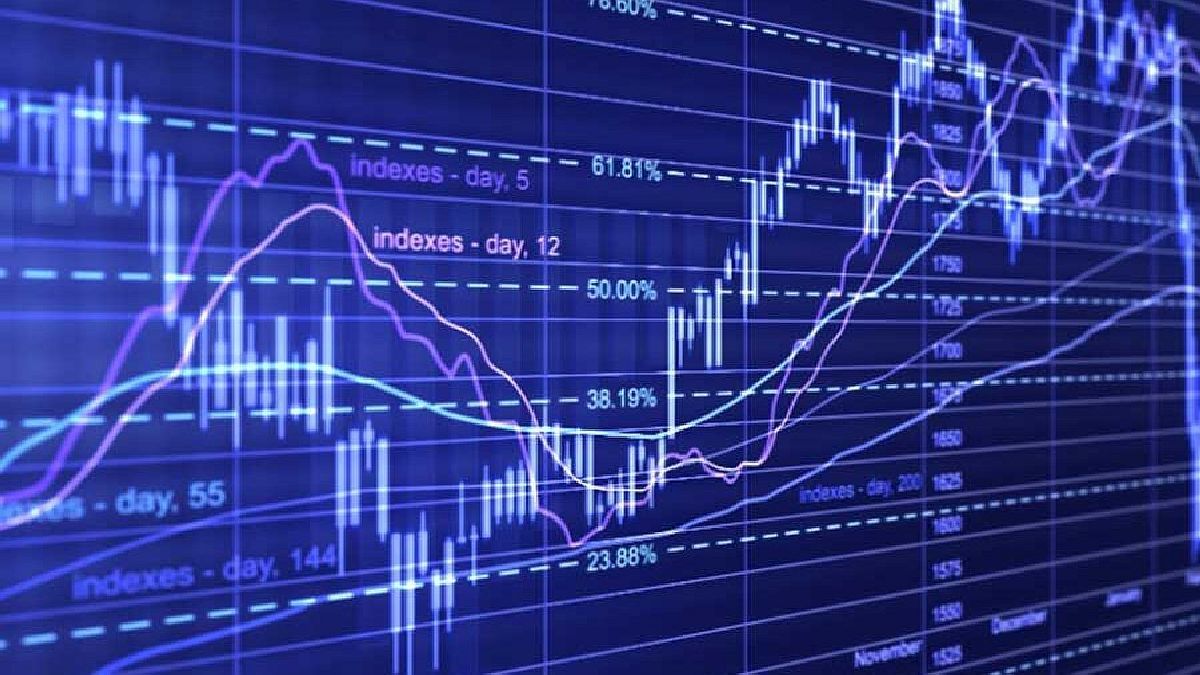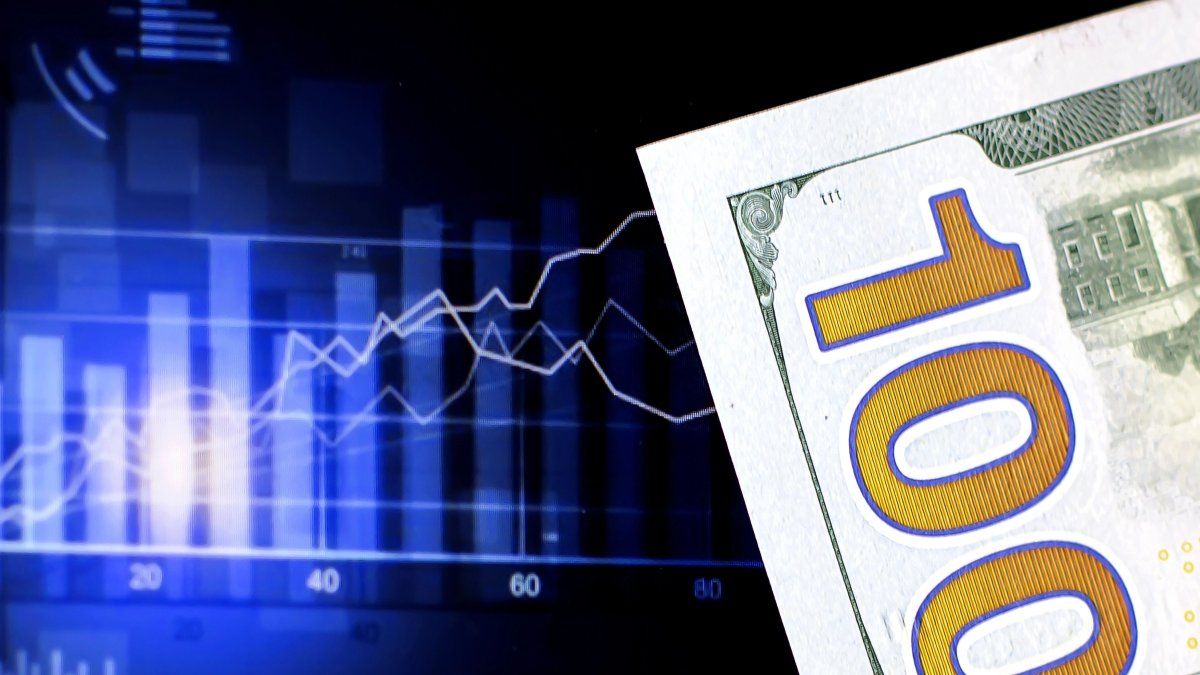In fact, the Fed’s monetary policymakers lowered their 2022 economic growth forecast to 2.8%, from 4% in December, as they began to price in new risks facing the global economy.
Thus, the central bank of the United States projected the equivalent of quarter-point rate hikes at each of its remaining six meetings this year, which would take the fed funds rate to a range between 1.75% and 2% at the end of 2022.
The first reaction of the American market was markedly positive: Wall Street rose as much as 3.8%, buoyed by technology stocks, while emerging markets finished broadly higher.
Diego Martinez Burzacohead of research and strategy at Inviu, warned to Scope that previously “It was not so clear what scenario the Federal Reserve was going to favor in the short term: if it was trying to control inflation by being aggressive, or if it was advancing more gradually, taking into account that the economic outlook had deteriorated considerably due to the war. , the consequent rise in commodities and the brake on private investment”.
In any case, the base scenario to which Martínez Burzaco from Inviu assigned the most probabilities is the one that he finally seemed to have chosen. the Fed. “It chose to be more measured, raising the interest rate, but trying not to give such an aggressive message to the market, despite the fact that inflation in the United States is higher. We believe that it will act that way until it is dissipate the uncertainty of war and its impact on economic expectations”.
For Norbert Sosa, director of IEB, meanwhile, “The Fed needs to recreate credibility, therefore, it was obliged to raise the rate at least 25 basis points.” And finally, “played the music Wall Street wanted to hear. He raised the rate to comply and said he expects to begin reducing his holdings of Treasury securities, agency debt, and agency mortgage-backed securities at an upcoming meeting.”
That is, it will stop expanding your balance sheet and start shrinking it, but without specifying when it will do so. “This is a good message for the stock world,” Sosa pointed out.
Effects of the Fed’s decision on Argentine assets
Under the perspective of a gradualist Fed, with rate adjustments in a dosed manner, and slowing down, at the same time, its plan to withdraw part of the liquidity from the financial system after issuing heavily during the worst moments of the pandemic, emerging assets will benefit at least temporarilyaccording to specialists.
“There will be a temporary relief for emerging markets because a less aggressive Federal Reserve means that capital does not flow quickly to the US. This should support a trend we saw at the beginning of the year, when Latin American markets were better off than Wall Street in relative terms.”analyzed the head of research and strategy of Inviu.
On the rebound, due to the so-called spillover effect, this trend also helped Argentine assets, together with the positive effects of the announcement of the agreement with the IMF for the debt. “It was not because of the conviction of foreign and local investors about a change in expectations, it was just the spillover effect. Now, in the same way, this scenario of a gradualist Fed could give some positive support to the prices of local stocks and bonds”, added Martinez Burzaco.
For his part, the director of IEB maintained that If the Fed did not stop the expansion of money, it would be a negative signal, considering the market that “it could not moderate inflation and therefore, it would affect emerging (and Argentine) stocks and bonds downwards.. Finally, the opposite happened and the market received “the best news: the Fed will stop expanding and will analyze in time when it would have to contract”.
Thus, The first reaction in the Buenos Aires stock market was highly positive: the S&P Merval climbed 4%, and the Argentine bonds in dollars showed the majority of increases (Global 2041 gained 3.7%). On Wall Street, Mercado Libre jumped almost 13% and led the advances, which contrasted with some declines in energy stocks, in the face of a new drop in oil.
Impact of the agreement with the IMF on bonds
Leaving the global situation, Argentina plays its own “game”, linked to the debt agreement with the IMF. If there is no unforeseen event, Congress will approve this week the understanding with the agency, which will be endorsed later by the Fund’s board. This could also have implications for Argentine bond prices.
“Taking the main financial variables, we observe that both the alternative exchange market (MEP/CCL) and the stock market echoed this advance, which is positive for the local macroeconomy because it clears the uncertainty that Argentina faces a non-payment ( default) with the IMF”, explains Maximiliano Donzelli, head of research at IOL.
However, dollar bonds were decoupled from this improvement and their prices were even lower at the time the pre-agreement was known at the end of January. This situation had its origin in the poor global performance of global fixed income assets, after the Russian invasion of Ukraine, say specialists.
Thus, “in a short-term horizon, We expect the bonds in dollars to be coupled with the good performance of the rest of the financial assets, presenting the best risk-return ratio for the Goblal 2035 and 2041 foreign law bonds,” Donzelli said.
Source: Ambito
David William is a talented author who has made a name for himself in the world of writing. He is a professional author who writes on a wide range of topics, from general interest to opinion news. David is currently working as a writer at 24 hours worlds where he brings his unique perspective and in-depth research to his articles, making them both informative and engaging.




